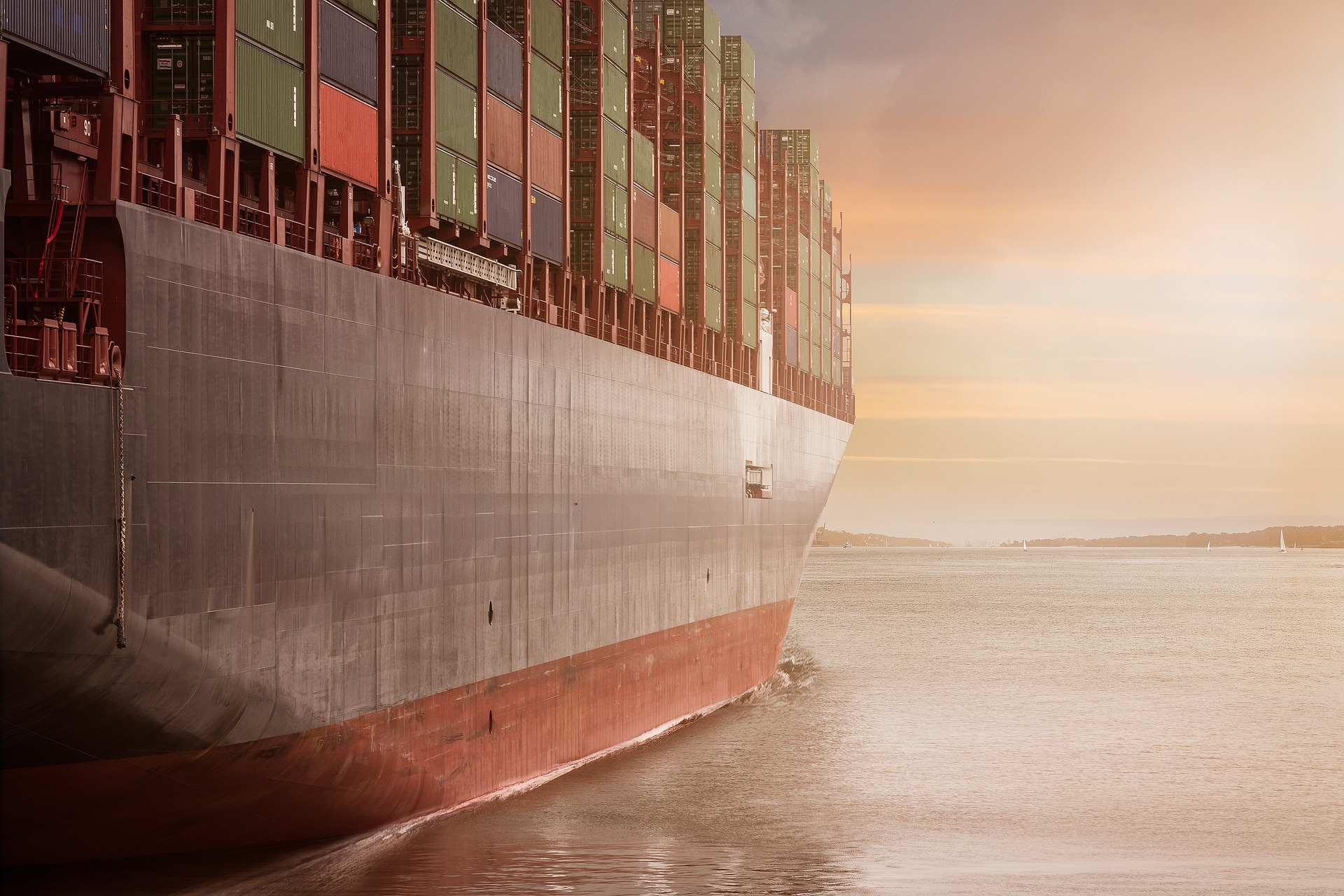
From soaring costs to carbon capture, the shipping industry is facing an array of challenges, but it is not standing still.
Here the IOE&IT Daily Update rounds up five recent stories that show how shipping is adapting to the post-pandemic world.
1: US authorities tackle freight rate crisis
A coalition of more than 150 US businesses and trade associations, representing importers, exporters, and firms across the supply chain, have backed draft legislation to reform US ocean shipping laws, reports Lloyds Loading List.
The bipartisan legislation to update the Ocean Shipping Reform Act was introduced last month.
Endorsing its proposals, the group said: “The proposed legislation is essential to bring critically needed system improvements that have been further highlighted during the global pandemic.”
They highlighted soaring freight prices and a lack of containers as key areas of concern.
Shippers are also urging the European Commission to investigate what it views as an “unfair” market, the Loadstar reports.
2: Maersk continues integration strategy
The world’s biggest shipping company, Maersk, has continued its diversification into integrated logistics with the purchase of cloud-based warehousing and logistics platform HUUB, reports Lloyds Loading List.
Last month, Maersk spent $838m acquiring Visible Supply Chain Management, a B2C logistics company focused on parcel delivery and fulfilment services in the US, and spent $86m on B2C Europe Holding, a Dutch parcel delivery business.
The company has been pursuing ecommerce mergers and acquisitions over the past two years in a bid to respond to changing consumer buying patterns and the increasing pre-eminence of digital supply chain platforms.
3: Submarine drones to carry freight around UK
A start-up consortium has won £380,000 to develop an autonomous, hydrogen-powered freight submarine that will deliver parcels between Belfast and Glasgow.
The vessel is one of 55 projects that has won government funding through the Clean Maritime Demonstration Competition.
According to the Telegraph, the drone subs will be powered by green hydrogen, collect microplastics from the sea and would save 27 tonnes of carbon dioxide emissions in its first year of operation.
4: Fuel cells pave the way to cleaner ships
American researchers have proposed that shipping lines could become carbon neutral by capturing and storing carbon dioxide as compressed gas that is sequestered permanently or converted into liquid fuel for re-use.
The Loadstar reports that rather than waiting years for expensive sustainable hydrogen or ammonia fuels, long-range freight vessels could use fuel cells that generate electricity from carbon fuels, producing water and carbon dioxide.
This would take advantage of energy-dense liquid fuels, which would produce enough power for large vessels.
5: CMA CGM and Brittany Ferries announce partnership
CMA CGM and Brittany Ferries have announced a £25m partnership to “unlock synergies in freight transport across the Channel and to the Iberian Peninsula”, reports Lloyds Loading List.
As well as helping Brittany’s recovery following a dip in passengers during the pandemic, the partnership will see greater cooperation on developing liquefied natural gas options to power ships.
CMA CGM will gain space aboard Brittany Ferries’ roll-on roll-off (ro-ro) ships to expand its offering for routes from the Atlantic and northern coast of France to destinations in the UK.
In return, Brittany Ferries will gain more expertise in freight and logistics.

